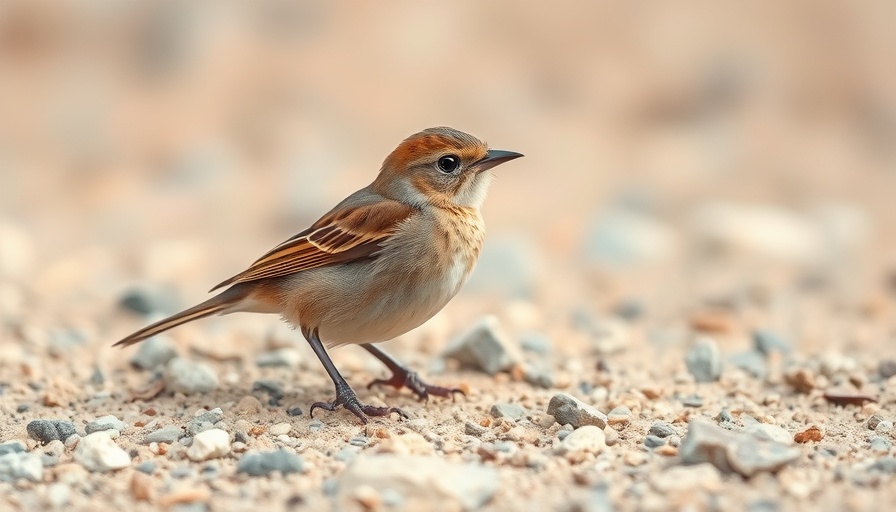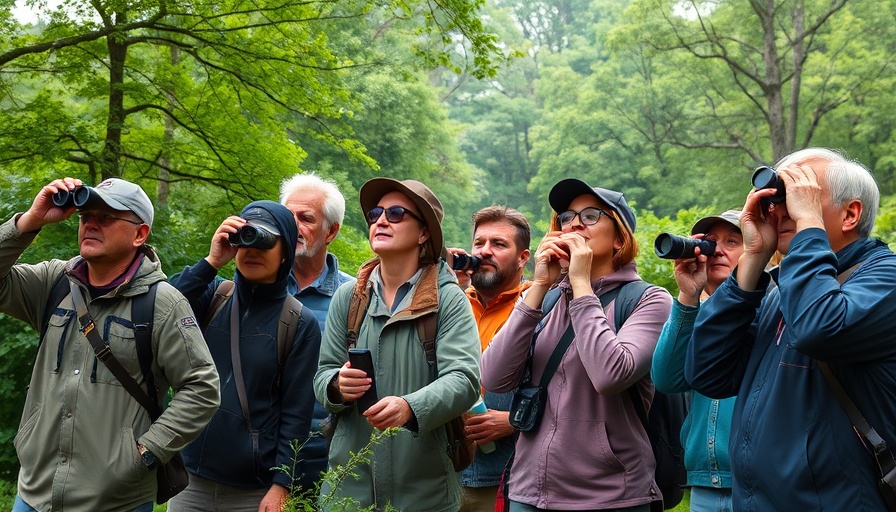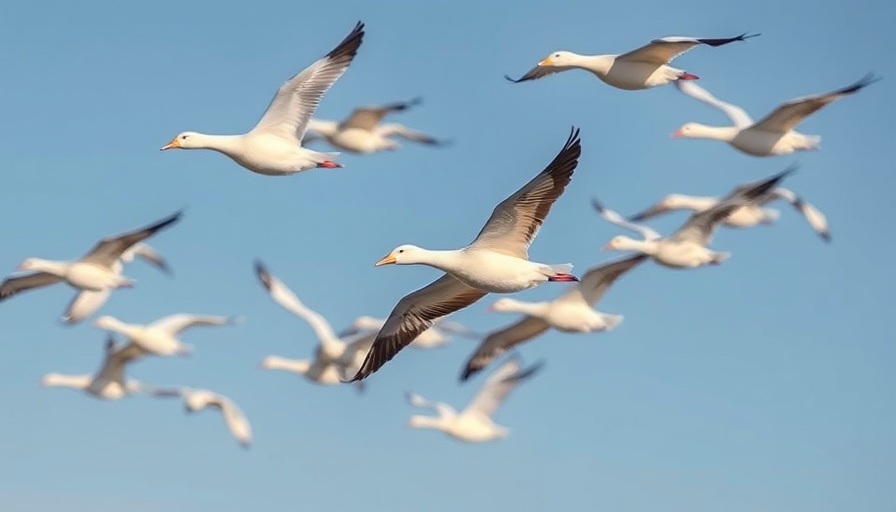
Understanding the Unique Flight of Puffins
Atlantic puffins are remarkable avian athletes, adept at navigating both the aerial and underwater worlds. These birds are not only charming with their colorful beaks but also equipped with specialized physiological traits that enhance their flying abilities. Puffins can reach speeds of up to 55 miles per hour in the air, thanks to their wing structure and strong flight muscles. Their unique feathers help streamline their bodies during flight, allowing for minimal air resistance.
Underwater Propulsion
But puffins aren’t just exceptional flyers; they are equally skilled swimmers. When diving underwater to catch fish, they use their wings much like flippers, propelling themselves with agility. Researchers note that puffins can dive up to depths of 200 feet while in pursuit of their meal, allowing them to thrive in diverse marine environments. The evolutionary adaptation of their wing structure is crucial for their survival, highlighting the interplay between their feeding habits and migratory patterns.
Ecological Importance and Conservation
Understanding the flight and behavior of puffins not only fascinates birders but also underscores the importance of their conservation. As indicators of ocean health, puffins face threats from climate change and overfishing. Protecting their habitats is crucial for maintaining the balance of marine ecosystems.
Why Puffins Matter
Engaging with puffin populations can inspire action towards wildlife conservation. Educating ourselves about these birds is a step towards fostering a deeper respect for our natural world and the interconnectedness of species. As puffins navigate the skies and seas, they remind us of the intricate links between our environment and the health of wildlife.
In conclusion, recognizing the dual capabilities of puffins offers not just awe but actionable insights on preserving their habitats. As stewards of nature, individuals can contribute to conservation efforts and advocate for policies that protect these incredible birds.
 Add Row
Add Row  Add
Add 




Write A Comment